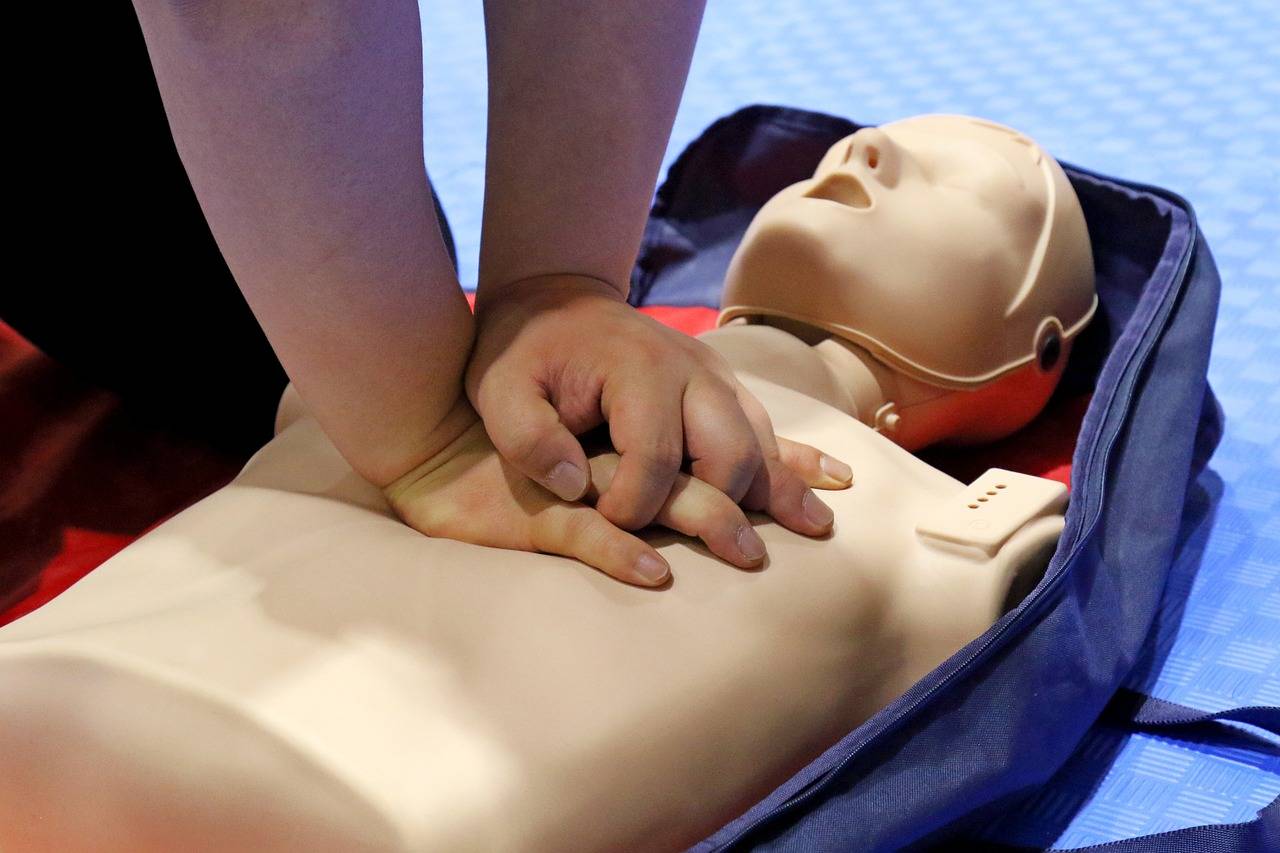Leveraging Robotics for Disaster Preparedness Training
Robotics has revolutionized the way disaster preparedness training is conducted, offering realistic simulations that enhance the learning experience. These sophisticated machines can mimic real-life disaster scenarios, providing trainees with valuable hands-on experience in a safe environment. From search and rescue missions to firefighting simulations, robotics has the capability to prepare individuals for the challenges they may face during actual emergencies.
One of the key advantages of utilizing robotics in disaster preparedness training is the opportunity for repetitive practice. Unlike traditional training methods that are limited by resources and manpower, robotics can offer limitless repetitions of scenarios, allowing trainees to hone their skills and responses. This repetition not only improves muscle memory and decision-making but also boosts confidence and preparedness in the face of unexpected disasters.
Challenges in Traditional Disaster Preparedness Training Methods
Traditional disaster preparedness training methods often lack the necessary level of realism and practical experience that can adequately prepare first responders and emergency personnel for real-life situations. Simulation exercises, tabletop drills, and lectures may not fully capture the intensity and complexity of actual disasters, leading to gaps in knowledge and skills when faced with a real crisis.
Furthermore, traditional training methods may not always provide an accurate representation of the dynamic and unpredictable nature of disasters. Instructors may struggle to recreate the chaos, stress, and urgency that often accompany these events, resulting in a disconnect between training scenarios and real-world emergency response. This limitation can hinder the effectiveness of training programs and leave personnel ill-equipped to handle the challenges of a genuine disaster.
Advantages of Incorporating Robotics in Training Programs
Robotics in disaster preparedness training programs offer unparalleled advantages that traditional methods simply cannot match. By simulating realistic disaster scenarios, robots provide trainees with hands-on experience in a safe environment, allowing them to develop essential skills and response strategies. This interactive learning approach enhances retention and engagement, ensuring that individuals are better equipped to handle emergencies effectively when they arise.
Moreover, the use of robotics in training programs allows for customization and flexibility to cater to different learning styles and levels of expertise. From beginners to experienced professionals, individuals can benefit from personalized training experiences that address specific needs and challenges. This adaptability not only improves the overall effectiveness of the training but also increases the confidence and preparedness of participants in real-life disaster situations.
How can robotics enhance disaster preparedness training programs?
Robotics can simulate real-life disaster scenarios, providing a hands-on learning experience for trainees to practice their skills in a safe and controlled environment.
What are some challenges in traditional disaster preparedness training methods?
Traditional methods often lack realism and interactivity, making it difficult for trainees to fully engage and retain information. They may also be costly and time-consuming.
What are the advantages of incorporating robotics in training programs?
Some advantages include increased engagement and retention of information, cost-effectiveness in the long run, and the ability to simulate a wide range of scenarios for comprehensive training.





